The divide of the truth seekers and the blind in the United States of America is now more apparent than ever – on the cusp of what could be the most divided presidential election in U.S. history. Potential Republican nominee Donald Trump, whose view are so extreme that he has garnered the dissent of many from his own Republican party, faces a broad and rising movement for the self-declared democratic socialist, Bernie Sanders. The overwhelming support for Donald Trump among sheltered Americans is evidence of the deep gulf between many U.S. citizens and the realities of the world itself. The United States has long maintained its façade of humanitarian authority around the globe, regardless of a long history of ignoring disapproval from the international community; but with Trump on the verge of nomination for the highest office in the country, that façade is quickly shriveling to reveal the true and frightening nature of too many Americans’ disconnection from the direction of global progress.
The Rise of a Popular Oppressive Isolationist Ideology
Leith, North Dakota, United States of America: domestic extremist Craig Cobb buys property and publicly recruits leaders of white supremacist movements to move to the town, thereby amassing a simple majority to oust the local government and establish a haven for hatred against Jews, African Americans, and other minorities. In an interview with PBS Independent Lens he explains, “We hate that which threatens what we love.” He then elaborates on what he believes is a moral and religious commandment to systematically exterminate all non-Aryan people. Such are the voices that support a candidate like Donald Trump, who publicly condones racism and aggression. Such are the people who incite violence against the innocent and declare war on humans unlike themselves. Such is the corrupt mentality of too many isolated Americans. In the words of the National Socialist Movement member Kynan Dutton, who moved to Cobb’s property, “All [the white supremacists] want in the world is our own separatism, and our ability to live within our own people, to reinforce our own culture. We feel like in the public and in modern society there’s too much of the multiculturalism.”
This is the oppressive isolationist ideology that has given rise to the leading Republican candidate for the president of the United States of America – one who has openly expressed views consistent with those of his supporters: disregard for a global community, festering in self-interest and poisoned, unchecked ego.
The Righteous Progressive Front
Although three lots of land in the small town are still owned by members of the white supremacist National Socialist Movement party, the community of Leith did fight back, and ultimately Cobb and Dutton were forced to vacate the premises. North Dakota is the isolated United States, embedded in the heartland of the nation, where generations of ranchers have raised cattle on the prairie and a new oil and natural gas industry draws citizens to earn middle class wages for blue-collar labor. Leith itself is a town of predominantly white residents who have likely never left the country, let alone visited the ocean, where the edge of the North American continent touches the waters that connect it to the rest of the world. Yet, in spite of their isolation, they have proven united against ignorance. They banned together with Native Americans, African Americans, and other communities to vehemently shun the hate that threatened their livelihoods and their liberty. They are the truth seekers, who, although not granted the privilege or even possess the desire to experience life outside of the bubble they know, realize that the world is bigger than they, and that communal bonds are necessary to preserve the wellbeing of all on planet Earth. They remain hopeful and deserving that the United States one day truly represents and acts upon such values in its global endeavors.
The Crossroads
Some contend that the United States is too large and too divided to ever achieve unity, as evidenced by the social and political schism currently present in the national populace. Two antithetical worldviews clearly dominate a divided people, and November 2016 will determine where the country stands. Will the great American façade of liberty and moral fortitude finally crumble into the cavernous trenches of bigoted, hyper-nationalist policies? Or will the people of the United States prove to the world that a man such as Trump does not represent their voice and their beliefs? However the scale is ultimately tipped, it will remain evident to the citizens of the U.S. and global onlookers that the populace is divided between those blinded by radical, antiquated ideologies and the righteous who see beyond the façade and wish to bring a new face to their nation. It will soon be up to the people to make their decision.

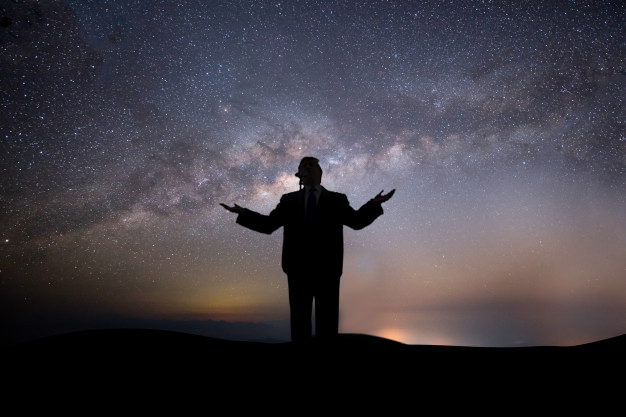

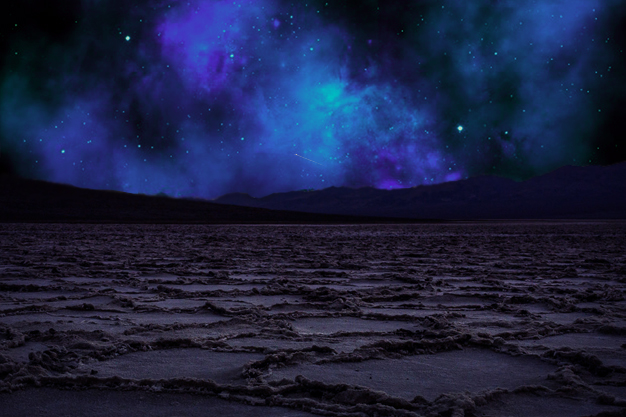
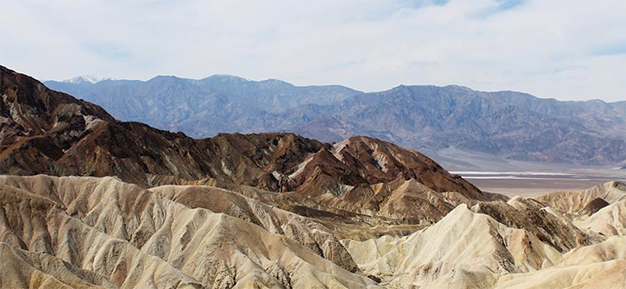 In this land the forty-niners sought their fortunes in the mines, delving deep into the mineral-rich California mountains. In the darkness they toiled for their ores and gems, but was it really Beauty herself that they sought beneath the hills? For the splendor of the crystals they extracted from the Earth was surely tarnished by their thirst for profit and the loss of many lives. The miners, like Icarus, who flew too close to the sun and fell tumbling, were blinded by their search for worth, leaving nothing but scarred mountainsides and the scorched remains of ghost towns long abandoned, left to be reclaimed by the dust; for hubris taints the eye, and what was beheld as beauty was never Beauty herself. Now the only voice that can be heard among the decrepit shacks and rusted machinery is that of the desert wind, carrying now on its whispers the heavy clouds that bring the miracle of rain to a parched land.
In this land the forty-niners sought their fortunes in the mines, delving deep into the mineral-rich California mountains. In the darkness they toiled for their ores and gems, but was it really Beauty herself that they sought beneath the hills? For the splendor of the crystals they extracted from the Earth was surely tarnished by their thirst for profit and the loss of many lives. The miners, like Icarus, who flew too close to the sun and fell tumbling, were blinded by their search for worth, leaving nothing but scarred mountainsides and the scorched remains of ghost towns long abandoned, left to be reclaimed by the dust; for hubris taints the eye, and what was beheld as beauty was never Beauty herself. Now the only voice that can be heard among the decrepit shacks and rusted machinery is that of the desert wind, carrying now on its whispers the heavy clouds that bring the miracle of rain to a parched land.
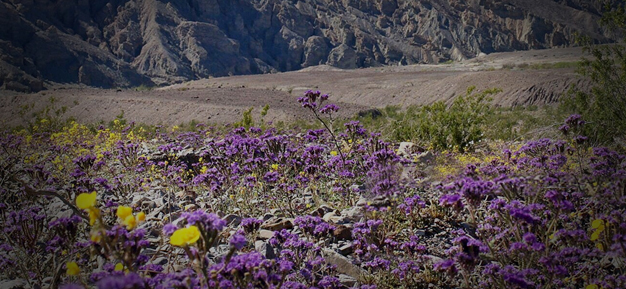 The vast blooms of Desert Gold and other flowering desert species that have made the Death Valley hillsides their canvass are among the least frequent phenomena in the United States. Green stems, yellow and purple petals bring life to the unforgiving landscape – one that does possess its own impressive geologic beauty, but that is also exponentially amplified by the super bloom. For this reason tourists abound, flocking from across the country to capture pictures and witness the rare Beauty with their own eyes, proving once again that such rarity affects profound inspiration. For years the seeds have lain dormant in the dry land, but now given the right opportunity, Beauty herself rises up from the soils of the hills and shows her true colors to the world. Such is the way she works, not only in the desert but in every corner of the universe, so be vigilant. She will show herself to you.
The vast blooms of Desert Gold and other flowering desert species that have made the Death Valley hillsides their canvass are among the least frequent phenomena in the United States. Green stems, yellow and purple petals bring life to the unforgiving landscape – one that does possess its own impressive geologic beauty, but that is also exponentially amplified by the super bloom. For this reason tourists abound, flocking from across the country to capture pictures and witness the rare Beauty with their own eyes, proving once again that such rarity affects profound inspiration. For years the seeds have lain dormant in the dry land, but now given the right opportunity, Beauty herself rises up from the soils of the hills and shows her true colors to the world. Such is the way she works, not only in the desert but in every corner of the universe, so be vigilant. She will show herself to you.
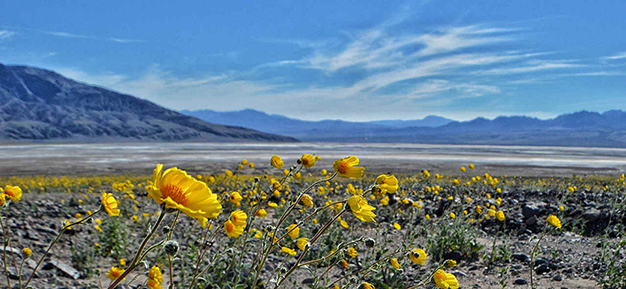 Some may contend that all Beauty is rare, and in some respects that may be true. I cannot deny that when you witness something that is beautiful, you should appreciate it. Love it. Do not disregard it as being common. Stop, if just for a moment, and acknowledge its essence, for it truly is an existence worthy of thanks and recognition. But when a Beauty is unique or you are able to identify it as a definitive rarity, take special note. Whether she shows herself to you through aesthetics or personal interaction, a sensation or a relationship, allow yourself to succumb. Trust that it will make an impression on your memory with the depth of that Beauty itself, for they are these moments of astonishment that carry us forward, if only pushing by way of recollection, in hope that another will one day come.
Some may contend that all Beauty is rare, and in some respects that may be true. I cannot deny that when you witness something that is beautiful, you should appreciate it. Love it. Do not disregard it as being common. Stop, if just for a moment, and acknowledge its essence, for it truly is an existence worthy of thanks and recognition. But when a Beauty is unique or you are able to identify it as a definitive rarity, take special note. Whether she shows herself to you through aesthetics or personal interaction, a sensation or a relationship, allow yourself to succumb. Trust that it will make an impression on your memory with the depth of that Beauty itself, for they are these moments of astonishment that carry us forward, if only pushing by way of recollection, in hope that another will one day come.